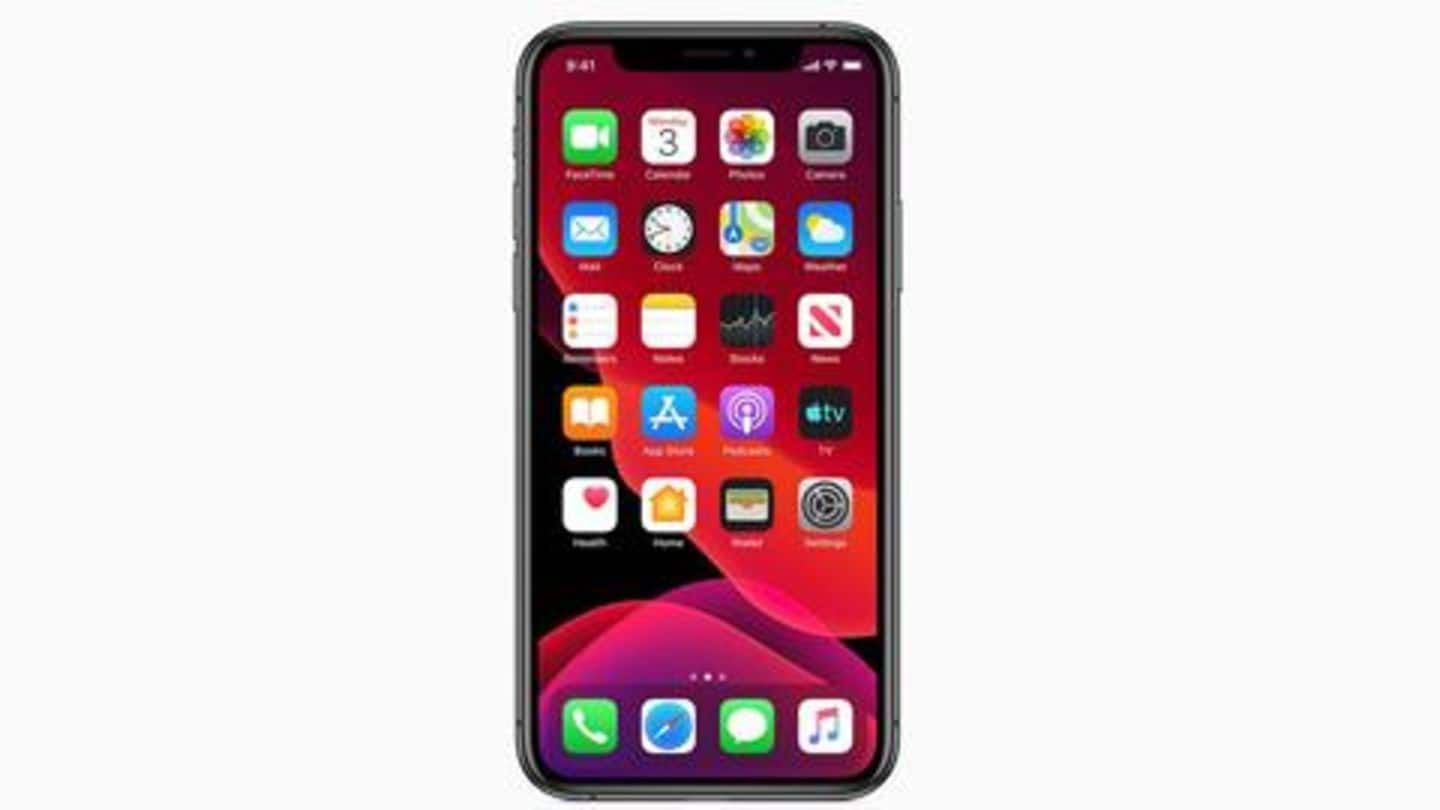
iOS 13 will save your phone's battery, and block spammers
What's the story
Apple's new iOS 13 has got some fancy capabilities, but there's a lot more to the OS than what Apple touted at WWDC. Case in point: the platform's shielding ability. iOS 13 has been designed in such a way that all incoming calls from spammers will be dodged automatically. Plus, it will protect the battery of your device from aging quickly. Here's how.
Feature #1
Silencing, redirecting of incoming spam calls
Apple has built a feature called 'Silence unknown callers' into iOS 13. The capability, when enabled, would automatically scan incoming calls and silence those from unknown and spam callers. However, instead of blocking the call altogether like caller ID programs, it will redirect them to your voice mail, thereby saving the callers' message for follow-up access.
Working
Apple uses 'Siri intelligence' for this capability
Though we haven't tried the spam handling capability, the description from Apple indicates that the feature won't scan any caller-ID databases to flag robo-callers. Instead, the feature would use what Apple calls 'Siri intelligence' to scan the caller's number against the numbers in your contacts, messages, and emails. If their number is not found in the scan, the call would be silenced and redirected.
Information
This could also be a problem
The feature would be handy for those who don't get important calls from unknown (not saved) numbers. But, if that's not the case, it could prove very annoying, with most of your calls being redirected to voice mail.
Feature #2
Additionally, iOS 13 will save iPhone's battery
Along with robo-callers, iOS 13 will also tackle rapid battery aging, a problem that prompted Apple to make the controversial move of throttling older iPhones. However, now, the Cupertino giant says iOS will learn from your daily charging routine and stop the phone from going over 80% while being charged. This will help the device retain a higher battery capacity in the long run.
Advantage
How restricting charging to 80% would help
Currently, iPhone batteries retain up to 80% of their original capacity after 500 charging cycles (one cycle is using 100% battery but not necessarily all from one full charge). But, when you won't charge beyond 80%, you'll be able to go about your day without completing a single cycle. As such, you'll save charge cycles and ensure maximum battery capacity falls in more time.